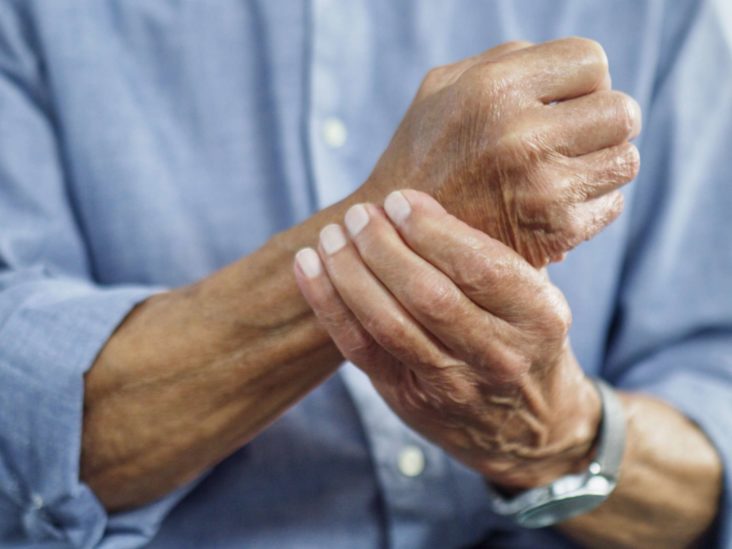A recent study found that by testing handgrip strength, one may quickly and readily measure muscular strength, which is a substantial predictor of death.
In a recent study, researchers developed cut-off values for the general population, taking into consideration the association between handgrip strength and gender, body height, and age, to be used in clinical practise. The study’s findings were published in the journal ‘BMJ Open.’ Most individuals don’t think twice about opening pickle jars or carrying groceries, yet handgrip strength is a useful screening tool for a variety of health concerns.
If a person’s handgrip strength is poor, it might be a sign of underlying health problems – and not only in the elderly: handgrip strength has been connected to health disorders in young adults as well.
A great number of studies have found that inadequate handgrip strength may be a symptom of health issues relating to the heart and lungs. According to certain research, those with weak handgrips have a shorter life expectancy.
What is lacking for clinical practise are empirically valid cut-off points that apply to the general population while also taking gender and body height into account, as well as the reduction in handgrip strength as a result of natural ageing.
In their study just published in the journal BMJ Open, IIASA researcher Sergei Scherbov; Sonja Spitzer, a postdoctoral researcher at the Wittgenstein Centre for Demography and Global Human Capital and the University of Vienna; and Nadia Steiber from the University of Vienna, endeavored to shed light on at what level of handgrip strength a doctor should consider sending a patient for further examination.
The results of the study provide standardized thresholds that directly link handgrip strength to remaining life expectancy, thus enabling practitioners to detect patients with an increased mortality risk early on.
“In general, handgrip strength depends on gender, age, and the height of a person. Our task was to find the threshold related to handgrip strength that would signal a practitioner to do further examinations if a patient’s handgrip strength is below this threshold. It is similar to measuring blood pressure. When the level of blood pressure is outside of a particular range, the doctor can either decide to prescribe a particular medicine or to send the patient to a specialist for further examination,” explains Scherbov.
Squeezing a dynamometer with one hand measures handgrip strength. The patient is requested to conduct two trials with each hand in the study, with the best trial being utilised for measurement. There is a unique methodology for this operation since the values may differ depending on whether the test was completed standing or sitting, among other factors.
In contrast to previous research, the authors compared people’s handgrip strength to people who are equivalent in terms of sex, age, and body height, rather than a healthy reference group. The findings imply an increase in mortality risk at a higher sensitive threshold than previously anticipated in research.
“Handgrip strength is cheap and easy to perform the test, but it may help with early diagnosis of health problems and other underlying health conditions. Monitoring the handgrip strength of the elderly (and in fact middle-aged people) may provide great benefits for the public health of aging populations. Our findings make it clear that handgrip strength is a very precise and sensitive measure of underlying health conditions. Therefore, we suggest it be used as a screening tool in medical practice,” notes Steiber.
“It is important to point out that we are not suggesting that people should train handgrip strength in particular to decrease mortality risks. Most likely, if someone improves their handgrip strength through exercises, there will be no or very little impact on their overall health. However, low handgrip strength may serve as an indicator of disability because it reflects a low muscle strength, which is associated with a higher risk of death. A healthy lifestyle and exercise are still the best approaches to sustain good health or to improve it in the long term,” Spitzer concludes.





